
How to Choose the Right Packaging for Glass Bottles for Maximum Protection and Appeal
In the competitive landscape of consumer goods, the importance of effective packaging for glass bottles cannot be overstated. With the global glass packaging market projected to reach $90.99 billion by 2026, businesses must prioritize the selection of appropriate packaging solutions to enhance product safety and visual appeal (Grand View Research, 2020). As studies show, nearly 70% of consumers believe that packaging influences their purchasing decisions, highlighting the need for aesthetically pleasing yet protective designs (Packaging Insights, 2021).
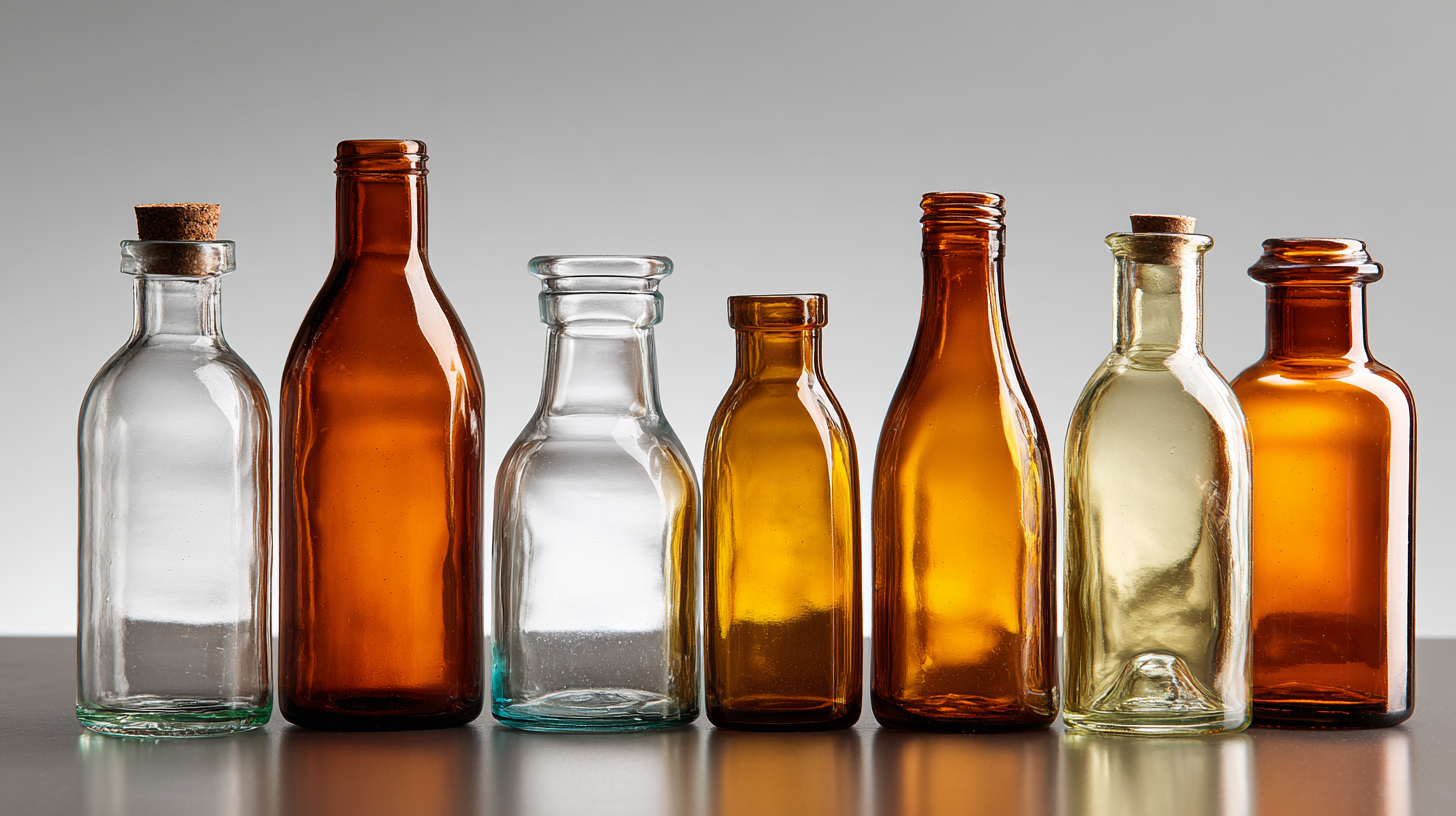
Furthermore, glass is preferred for its recyclability and ability to maintain product integrity, making packaging for glass bottles not only a matter of functionality but also of sustainability. In light of these factors, this guide aims to provide essential insights into choosing the right packaging for glass bottles, ensuring maximum protection and visual allure, while aligning with market trends and consumer expectations.
Factors to Consider When Selecting Glass Bottle Packaging Materials for Durability
When selecting packaging materials for glass bottles, durability is a paramount factor that cannot be overlooked. The first consideration should be the type of material used in the packaging. Strong corrugated cardboard is often preferred for its ability to absorb shocks and protect bottles from breaking during transit. Additionally, protective inner packaging, such as molded pulp or foam inserts, can further enhance the safety of the bottles, ensuring that they remain secure and intact throughout the shipping process.
Another important aspect to consider is the environmental impact of the packaging materials. Sustainable options, such as biodegradable or recyclable materials, not only help reduce waste but also appeal to environmentally conscious consumers. This consideration can significantly enhance a brand's image, making it more attractive in a competitive market. Finally, the design and functionality of the packaging should align with the overall branding strategy, ensuring that it delivers both protection and aesthetic appeal to draw the consumer’s attention. By carefully assessing these factors, businesses can achieve the ideal balance between durability and visual appeal in their glass bottle packaging.
Packaging Material Comparison for Glass Bottles
The Role of Design in Enhancing Brand Appeal and Consumer Attraction for Glass Bottles
The design of packaging plays a critical role in enhancing brand appeal and attracting consumers, particularly in the context of glass bottles. A well-crafted label not only protects the contents but also communicates the brand's identity and values. As the global market for glass bottles continues to expand, brands must prioritize distinctive designs that capture consumer attention on crowded shelves. Innovative graphics, sustainable materials, and creative shapes can elevate a product’s perception and establish a strong market presence.
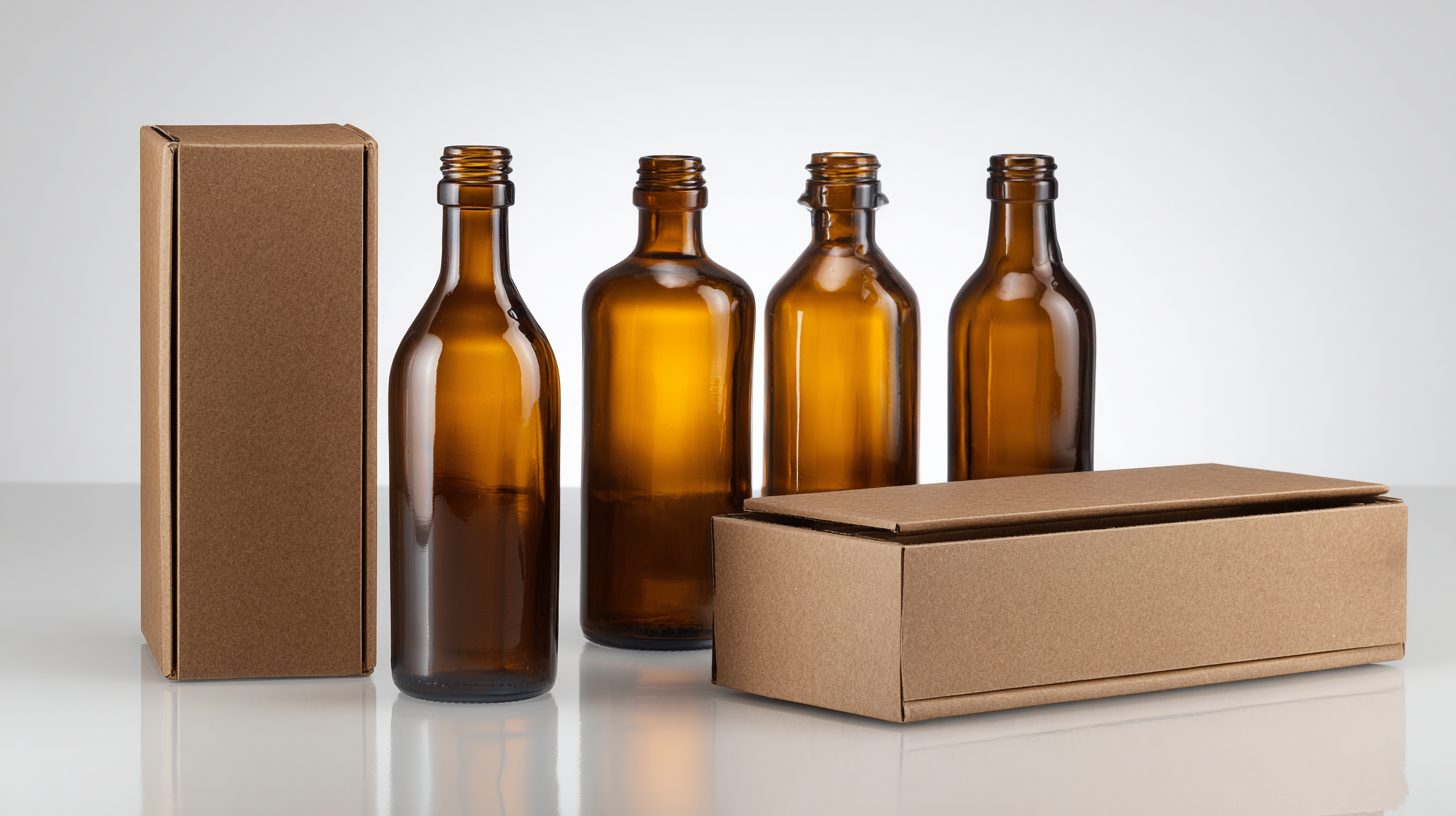
Moreover, the growth trajectory of the beverage industry, projected to increase significantly by 2032, underscores the importance of striking packaging design. As more consumers gravitate towards eco-friendly choices, brands that integrate sustainable packaging solutions into their design strategies are likely to resonate more deeply with their target audience. This connection fosters brand loyalty and drives consumer preference, reflecting the direct correlation between packaging design and overall market success in the increasingly competitive landscape of glass products.
Analyzing the Environmental Impact of Glass Bottle Packaging Choices and Sustainability Trends
The sustainability of packaging solutions for glass bottles has become a critical factor for both consumers and manufacturers, as environmental concerns gain more attention. According to a 2022 report by the Glass Packaging Institute, glass bottles are 100% recyclable and can be recycled infinitely without loss of quality, significantly reducing the need for new raw materials. This characteristic aligns with the growing trend toward circular economy principles, where the goal is to keep products and materials in use for as long as possible.
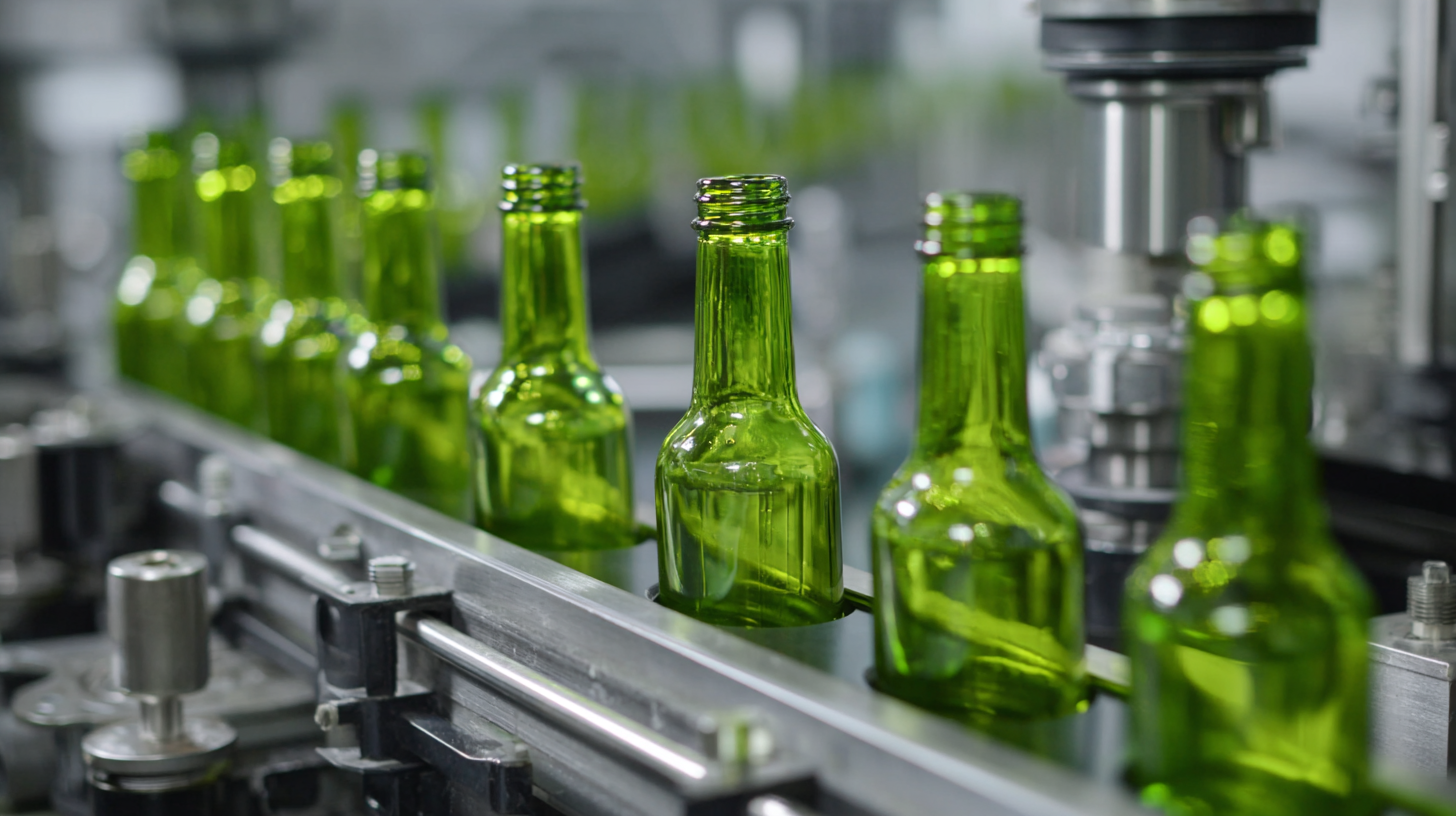
Moreover, as reported by Nielsen, nearly 75% of millennials are willing to pay extra for sustainable packaging options. This indicates a shift in consumer preferences and highlights the importance of choosing packaging that not only protects the product but also appeals to eco-conscious buyers. Manufacturers are increasingly opting for lightweight glass packaging, which diminishes the carbon footprint associated with transportation. Innovations in lightweighting and alternative closures also contribute to sustainability by minimizing material usage while maintaining the integrity and appeal of glass bottles. As brands navigate this landscape, understanding the environmental implications of their packaging choices will be vital for aligning with consumer values and achieving long-term success.
Comparative Study: Cost-Effectiveness of Various Packaging Solutions for Glass Bottles
When selecting the right packaging for glass bottles, cost-effectiveness often plays a pivotal role in decision-making. Various packaging solutions, such as cardboard boxes, bubble wrap, and molded pulp, can differ significantly in price while still ensuring the safety of the bottles. A comparative analysis reveals that while cardboard boxes may offer a lower initial cost, their durability and reusability can enhance overall value, making them a popular choice among businesses aiming for both economy and sustainability.
Moreover, innovative packaging options, like engineered padding materials, provide superior protection while potentially being more expensive. However, these materials can reduce breakage rates during transportation, translating to lower costs associated with product loss and damage claims. Assessing the long-term financial implications of each packaging type is essential; in many cases, investing slightly more upfront in high-quality packaging can lead to savings and increased customer satisfaction in the long run. Thus, carefully evaluating the balance between initial costs and overall effectiveness is crucial for businesses looking to optimize their packaging strategy.
How to Choose the Right Packaging for Glass Bottles for Maximum Protection and Appeal
| Packaging Type | Material | Cost per Unit ($) | Protection Level | Aesthetic Appeal | Recyclability |
|---|---|---|---|---|---|
| Cardboard Box | Paper/Cardboard | 0.50 | Moderate | High | Yes |
| Bubble Wrap | Plastic | 0.25 | High | Low | No |
| Shrink Wrap | Plastic | 0.30 | Moderate | Medium | No |
| Padded Mailer | Paper/Plastic | 0.75 | High | High | Yes |
| Wooden Crate | Wood | 5.00 | Very High | Very High | Yes |
Understanding Regulatory Compliance and Safety Standards in Glass Bottle Packaging Options
When selecting packaging for glass bottles, it is essential to prioritize
regulatory compliance and
safety standards. Different regions have specific regulations that dictate
the materials and methods used in packaging. These regulations ensure that the packaging not only protects the glass but also
safeguards the product inside from contamination. Understanding these requirements is critical,
especially for food and beverage industries where safety is paramount.
Additionally, packaging must meet safety standards that address the potential
hazards of glass breakage during transport and handling. This can involve using cushioned materials or designing packaging that minimizes
the risk of impact. Compliance with safety standards not only protects consumers but also helps brands avoid legal repercussions.
Therefore, businesses should consider collaborating with packaging experts to navigate these complexities, ensuring that their
glass bottle packaging is both appealing and compliant with all necessary regulations.
Related Posts
-
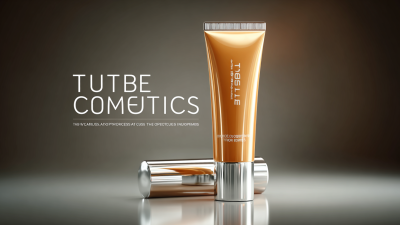
Innovative Approaches to Sourcing the Best Tube Cosmetics for Global Markets
-

Exploring Sustainable Alternatives to Traditional Lip Balm Tubes for Eco-Friendly Brands
-

The Future of Squeeze Tube Lip Gloss Innovations and Trends
-
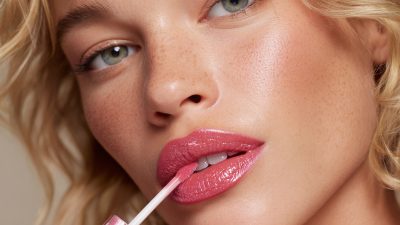
How to Choose the Best Tube Lip Gloss for Your Skin Type and Lifestyle
-
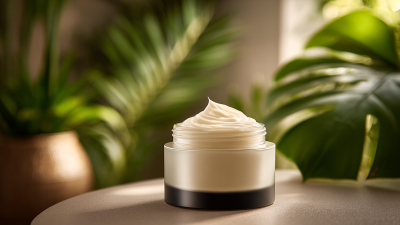
7 Reasons Why Our Best Cream Tube Outperforms Competitors in 2023
-

Mastering the Art of Tube Cosmetics Application for Flawless Skin






